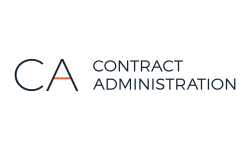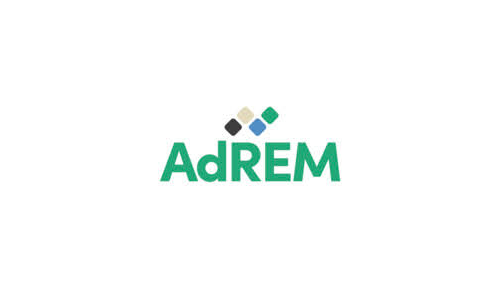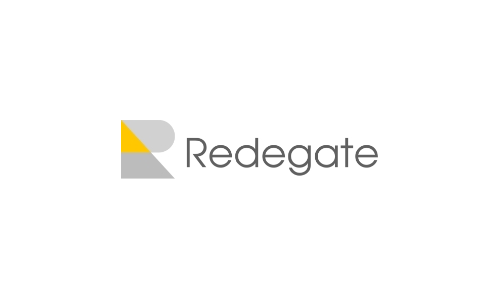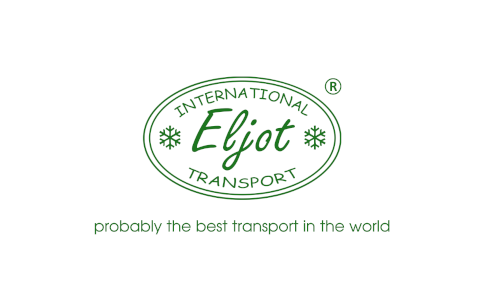

As digital transformation continues, more and more companies are taking advantage of modern solutions to streamline business processes. The employee e-file is one of such tools, which not only allows online management of employee files, but also automates HR processes and makes life easier for the entire organisation, at all levels.
Since 1 January 2019, employers can independently decide whether to keep their employees’ records on paper or in electronic form. Switching to e-files can be done at any time, this process, however, requires some preparation. To begin with, it is worth understanding what – under Polish law – an e-file is and what benefits it can bring to a company which decides to implement such a solution.
What exactly is an employee e-file?
The electronic file is a central database of employee documents in digital form. It contains, among others, employment contracts, annexes, leave requests, salary certificates or working time records. It can also include insurance and tax documentation, or documentation related to Employee Capital Plans (PPK). All documents in the e-file are provided with metadata and need to meet certain quality parameters. Employee files which previously functioned in paper form have to be additionally signed with a seal or electronic signature after scanning. In this way – under the law – they are fully equivalent to paper documents and are properly secured. Each document is given a unique registration number.
Once E-file is implemented, all new employee documents are generated immediately in an electronic form. New employees can complete personal questionnaires online and the system verifies the correctness and completeness of the data they provide. The documents are saved in the e-file of the individual employee, who can access them and update them independently. Access to the e-file is also available to authorised managers and HR staff.
Moreover, the solution ensures the automatic circulation of information, i.e. it goes to the right people for verification, approval or signature. The system also takes care of the deadlines monitoring, e.g. expiring contracts, validity of health and safety training or medical examinations.
E-file and data security
E-file makes it easy for authorised employees and managers to access documents and data 24 hours a day, from any device. Therefore, it is crucial to secure your assets properly so as to ensure the highest possible level of protection. How to achieve this?
The log-in to e-file uses double authentication which protects against unauthorised access to the data. Additionally, all changes to documents and metadata are recorded and monitored using the so-called log report. Ensuring the integrity of documents with metadata is also of great importance.
Furthermore, electronic documents are protected against destruction or loss, which unfortunately can happen with paper files. Once the employment relationship is terminated or when the legally required retention period expires, the documents can be permanently deleted from the system. The entire process meets all current legal requirements, including GDPR.
Employee and manager self-service
A significant aspect of e-file implementation is the fact that employees and managers can manage documentation and data independently and carry out specific tasks without any involvement from HR. On the one hand, this simplifies and speeds up HR administration activities, but on the other, it significantly reduces the workload of HR and provides greater comfort for all company staff.
Employee self-service allows for:
- Employee self-service allows for:
- Employees’ access to their documents and data at a time and place convenient for them
- Option for employees to update their data themselves, such as change of address or bank account number
- Verification of leave limits and previous absences
- Sending leave requests
- Sending other requests, e.g. for remote working or issuing salary certificates
Manager self-service facilitates:
- Team management – managers have access to their team’s data, can see data on leave taken, working time, entitlements or expiring contract terms
- Planning of leave and other absences
- Reporting and analysing data – the solution provides the option of self-generating the reports
- Making personnel decisions, e.g. on the basis of findings from the generated reports
Employee and manager self-service not only streamlines work, but also positively impacts the employer’s image. Access to a convenient-to-use tool and the ability to deal with employee matters at a convenient time, also while working remotely, makes your organisation be seen by your team as employee friendly, as well as modern and open to innovation.
Key benefits of the e-file for employers and employees
The e-file ensures streamlining of HR processes. It measurably relieves HR of tedious and repetitive administrative tasks, creating space for tasks that are more substantive and that effectively support the business. It simplifies the onboarding process, which is often very time-consuming and demanding for an employer. Finally, it also provides comfort and flexibility for employees, managers, the management board and HR.
One of the key advantages of the electronic file is that it increases the security of employee records and ensures that processes are airtight and properly protected. The elimination of errors, protection of sensitive data and close monitoring of editing and workflow provides the employer with full process control and peace of mind.
Implementing an e-file also ensures that HR activities are compliant with current legislation. It protects against the risk of costly financial fines as well as image loss.
With the importance of sustainable development (ESG) activities becoming greater and greater, it is also significant to note that digitisation of the process can positively impact the environmental aspect. The e-file makes it possible to reduce paper documents completely or significantly in HR, and as is commonly known, the number of these can be really high. Printing, scanning or sending documents in traditional form does not only represent a higher cost and time investment, but also a larger carbon footprint.
An organisation which decides to implement e-file does eliminate the need to keep cabinets and binders for personnel records. It thus frees up office space and at the same time minimises operating costs.
To sum up, an employee e-file has the potential to offer a number of extremely significant benefits to an organisation, both in financial and non-financial terms. More and more organisations understand this and today see investment in innovative tools not only through the prism of process optimisation, but also as one of the elements of an employer branding strategy.



















